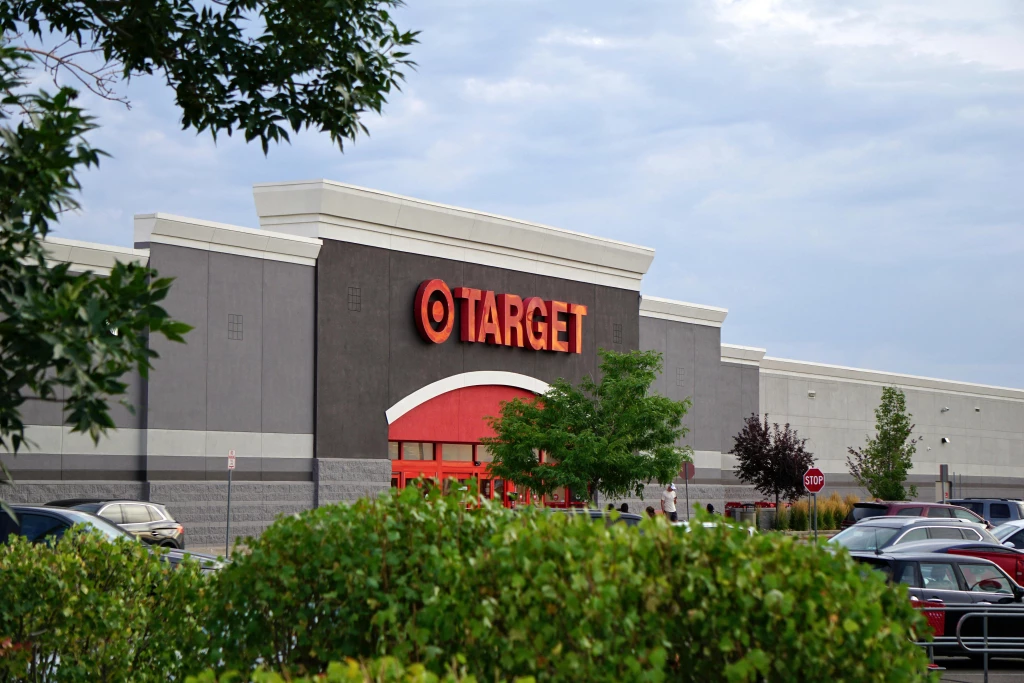Customers Feel Deceived by Virtual Restaurants On Delivery Apps
Add bookmark
The take-out industry has evolved rapidly, with the introduction of food delivery apps like DoorDash and Seamless, users are able to get almost anything delivered to their door. Because of their abundance of options and convenient platforms, delivery apps have become the go-to option for customers seeking a quick and easy take-out experience.
With this growth in popularity, restaurants adapted to prioritize their take-out operations and solidify their presence on delivery platforms. Additionally, some even recognized it as an opportunity to repurpose existing restaurants or kitchens to forgo a traditional brick and mortar establishment altogether.
These delivery-only restaurants are reshaping the food-service industry and deeply reducing barriers to entry, offering minimal overhead and maximum flexibility. Many of them operate out of ghost kitchens, using commercial space with no public access, to produce menu items. They also offer valuable relief for the rapidly expanding take-out industry; many traditional restaurants can actually lose money on delivery orders after splitting the revenue with third-party apps.
With this trend, some established chains are attempting to get in on the action. Larger restaurants like Chili’s and Applebee’s are beginning to create new virtual brands or restaurants within these delivery apps. By using their existing kitchens, they can promote new concepts separate from their traditional menu. This works to broaden their reach and gives them the opportunity to offer exclusive options with more focused concepts. Although they may rebrand themselves on the app, the entire menu is typically prepared in the restaurant’s actual store-front.
However, not all of these virtual brands are sitting well with customers. In a recent case, customers felt duped after ordering from a supposed new pizza restaurant only to find out their food was actually coming from Chuck E. Cheese. The virtual restaurant, called Pasqually’s Pizza and Wings, offers pizza deals on GrubHub, which appealed to some customers after they assumed it was a local spot.
After looking at Pasqually’s website, it’s easy to see why some customers believed, after a quick glance, that it could be a new, unaffiliated restaurant. The homepage notes that Pasqually’s was featured in The New Yorker, and has a fairly simplistic design; differing from typical chain restaurants’ official websites. The first clue could be extracted from its restaurant description, the copy notes that Pasqually’s uses the freshest ingredients to appeal to a more grown-up taste, a marked distinction from their kid-friendly Chuck E. Cheese brand. However, when scrolling to the bottom of the site it reveals itself, with a ‘Brought to you by Chuck E. Cheese’ banner.
Chuck E. Cheese isn’t the only national chain creating virtual restaurants, Applebees, Chili’s, and Boston Market all have active virtual counterparts. However, the branding is a bit more transparent about its affiliation to the chain. Applebee’s appears to be the most explicit, its ‘Neighborhood Wings By Applebee’s’ restaurant gives a clear indication of its relation to the brand in its name. Chili’s doesn’t mention its brand at all on the ‘It’s Just Wings’ DoorDash platform, but the website at least openly discloses the fact that the concept was built out of the chain’s restaurants.
With all of this confusion, customers are becoming vocal about this deceptive advertising. The comments on the virtual restaurants’ pages are marked with customers claiming fraudulency. One customer commented on Applebee’s ‘Neighborhood Wings’ Seamless page that they renamed it so you feel like you’re supporting a local business, but it’s “just an Applebee’s!” Others have posted on social media warning their followers about their personal mix-ups.
It’s understandable why these chains are operating out of virtual storefronts; competition for delivery is tight. By creating more tailored virtual options, with better performing menu items, larger chains can benefit from increased visibility on crowded apps like Seamless and DoorDash. It offers a more streamlined, concentrated menu, typically comprised of a distinct concept like wings, something that thrives in the digital era. Additionally, chains benefit from this fresh start, creating an opportunity for the restaurant to distance itself from its original brand. By rebranding with new concepts, they can avoid any uncool or generic stereotypes associated with long-standing restaurant chains and potentially reach new customers.
This is all great in theory, but customers who don’t initially recognize the affiliation feel that the brand is trying to be portrayed as something it is not. Customers that assume these new restaurants are small businesses understandably feel angry when they receive food from a large chain. While some may not care that their wings come from Chili’s, others may be annoyed enough to become vocal about their unexpected experience.
Also, what happens when restaurants that aren’t backed by large corporate chains utilize virtual concepts. It’s worth considering how these less visible, smaller restaurants may be able to hide behind this virtual branding. Without an established storefront or name behind them, they could see it as an opportunity to evade poor Yelp reviews or bad service. If customers have a few bad experiences with a restaurant, should the virtual counterpart be able to standalone and avoid the impact of these prior complaints?
Ultimately, brands need to be aware of this apparent deception because it may end up hurting them in the long run. If customers feel they are being tricked, they’re probably not going to continue ordering and may even warn others to do the same. The problem is not with the virtual restaurant itself, offering a new, targeted concept isn’t a bad thing, it’s the fact that customers can’t decipher where their food is coming from, leading to confusion and in some cases, disappointment.
Photo by Norma Mortenson PEXELS























